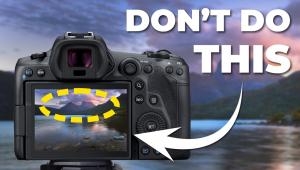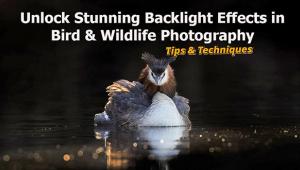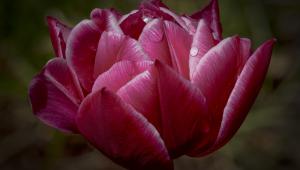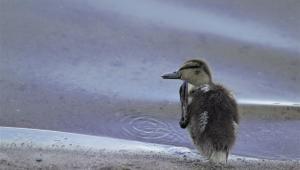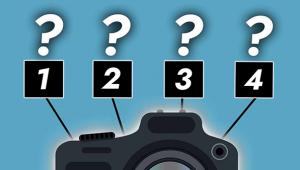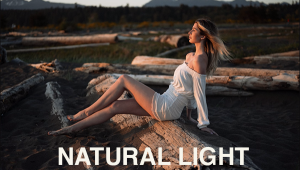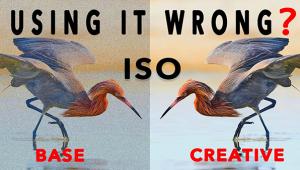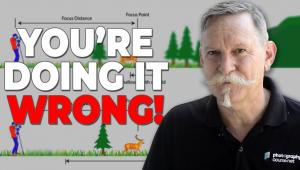When to Use High ISO for Landscape Photography & How to Banish Noise (VIDEO)

One of the first things most photographers learn is to avoid high ISO settings whenever possible. That’s because the more you crank up ISO, the more image quality tends to suffer.
While the latest digital cameras perform far better at high ISO settings than their predecessors, you’re still better off using these settings in moderation. Or as a Danish landscape pro puts it, “ISO is equivalent to the volume knob on your radio: if you increase it you increase volume or brightness, but in both examples you get increased noise.”
In this behind-the scenes episode on a beautiful autumn morning in Denmark, Mads Peter Iversen discusses the issue of ISO settings during a visit to a local forest. While Iversen still subscribes to the rule of thumb that the lower the ISO the better, he explains what to do when subject movement, dim light, or wind make high sensitivity settings necessary.

After demonstrating his approach to adverse conditions, Iversen explains how to eliminate noise in high ISO images using Adobe Camera Raw and Lightroom.
While exploring the forest with its dense canopy blocking the light, Iversen has to deal with dark conditions and wind blowing against the trees. In other words, he has no choice but to crank up the ISO to achieve sharp and properly exposed images.
Because Iversen is shooting handheld, his challenge is compounded by the necessity of maximizing depth of field while shooting with a focal length of 135mm. And he wants to avoid subject movement in the fluttering leave.
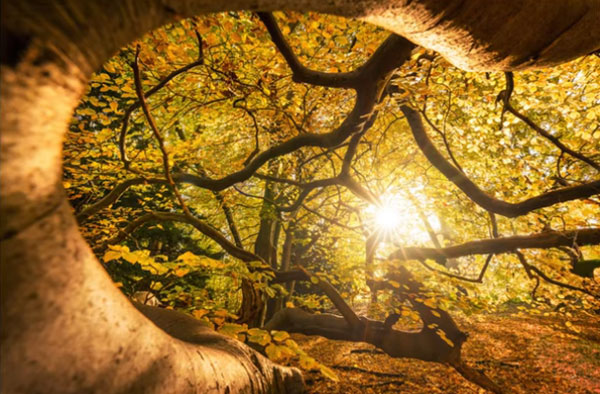
As a result, he begins with an exposure setting of f/11, ISO 800, 1/60 second. And to compensate for strong sunrays entering the frame, he dials in -2/3 EV compensation.
Throughout the day lighting conditions change, and Iversen modifies his settings accordingly. He also switches to a wide-angle lens that changes the equation. So take a look and learn when and how to use high ISO for optimum results. In the process you’ll also pick up valuable tips on composition.
You can find more helpful tips on Iversen’s YouTube channel and in another video we posted, with a discussion of whether teleconverters are a must-have or a waste of money.
- Log in or register to post comments












